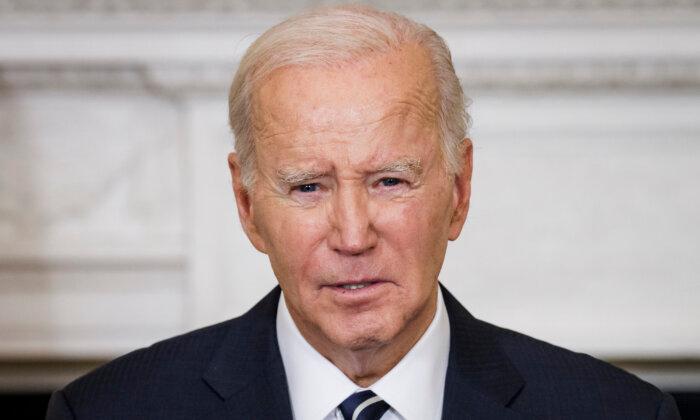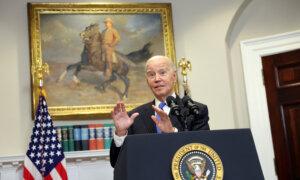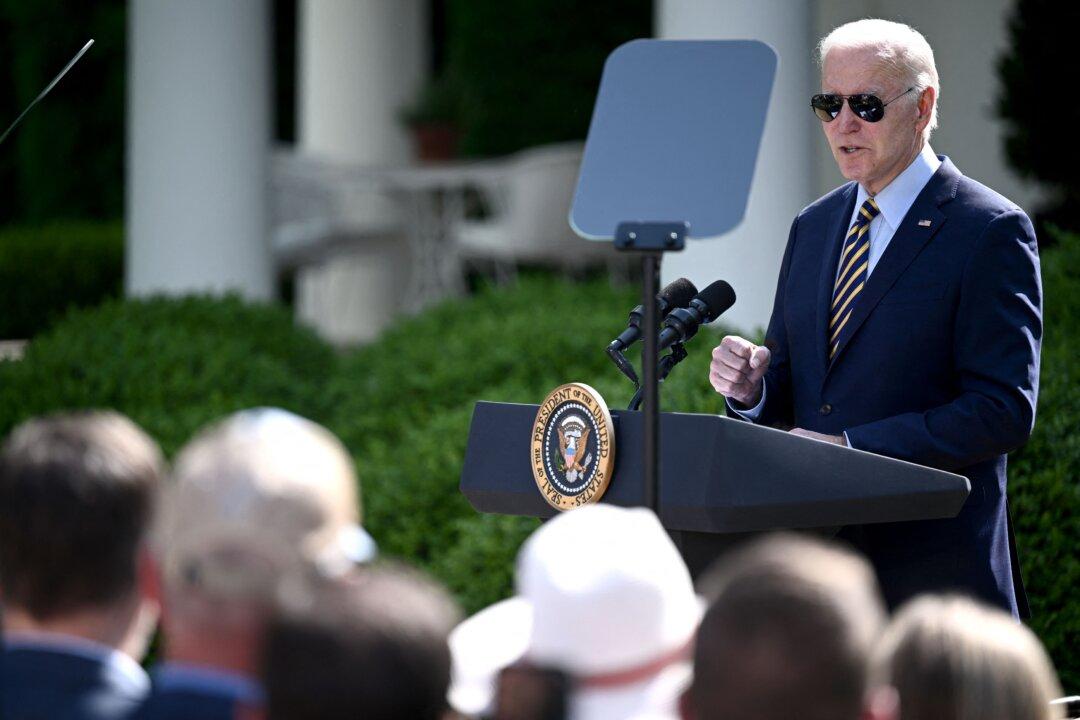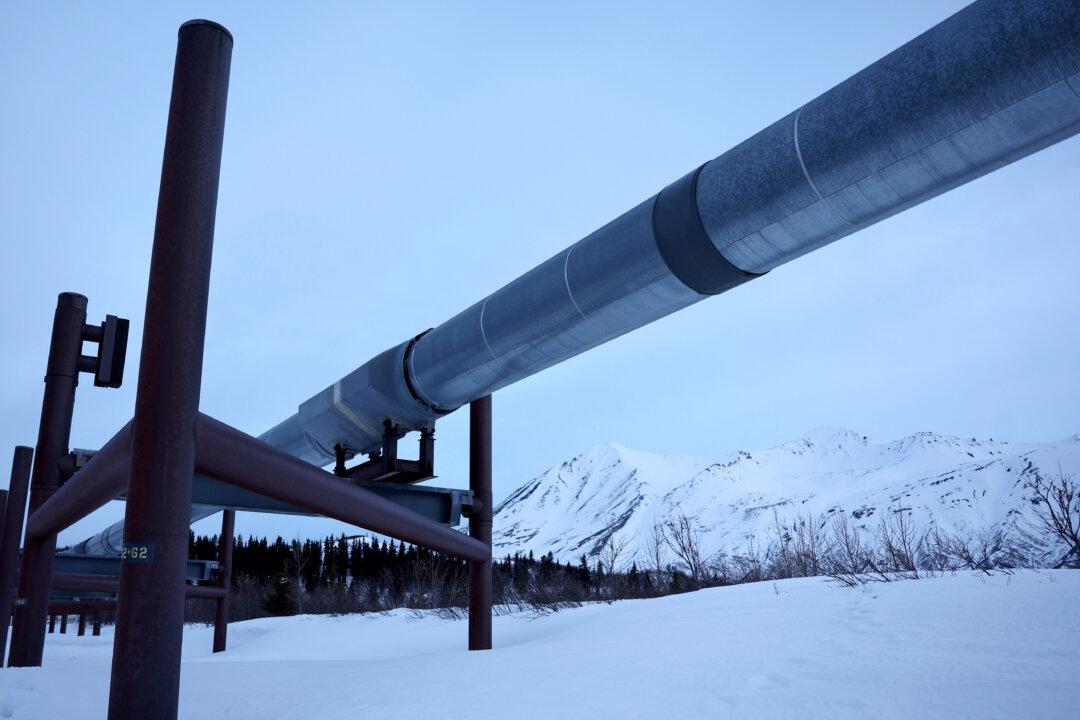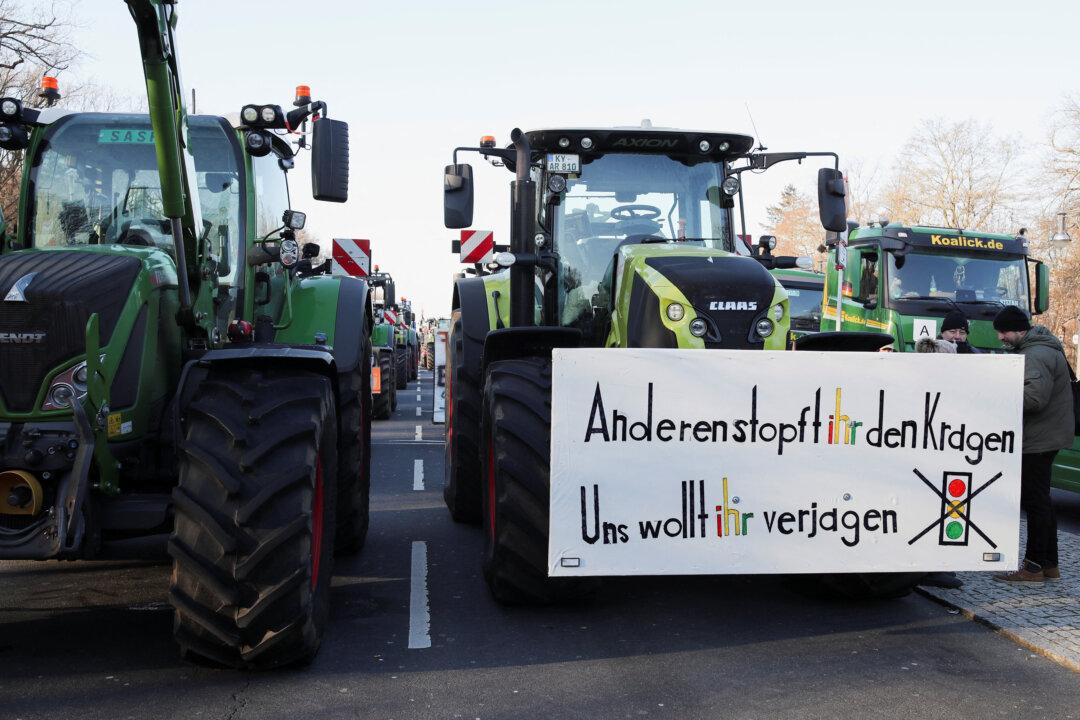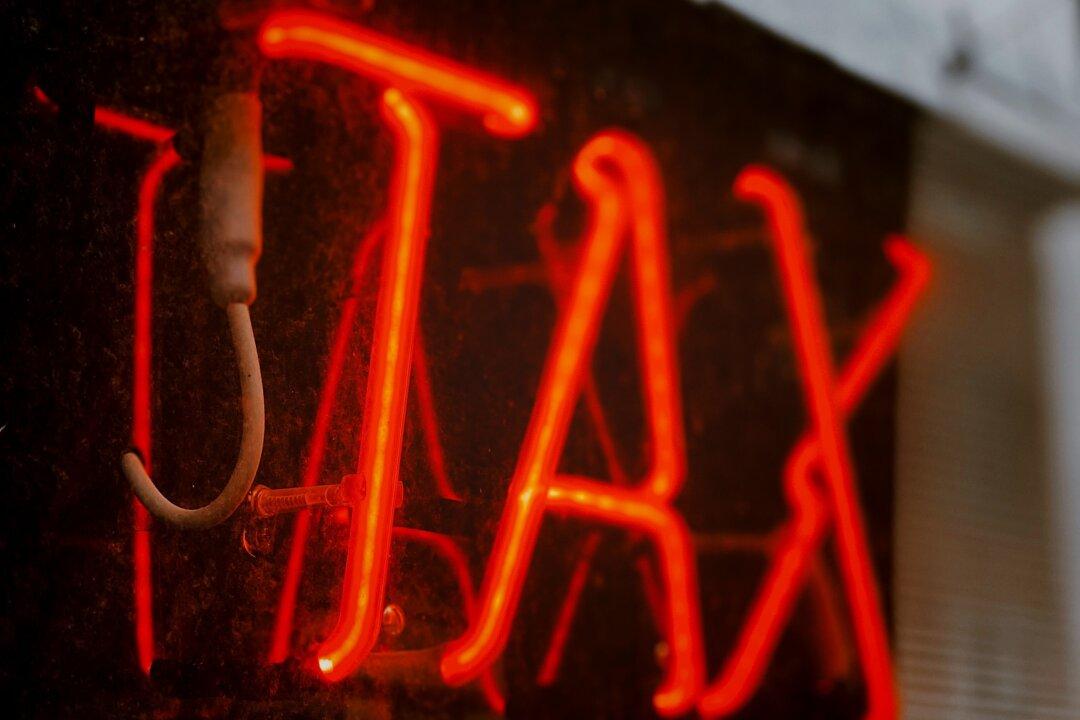True, the numbers look good on the surface. Who doesn’t love job creation of 336,000 when economists were predicting only 136,000? But a look at the details tells another story—and shows how Biden continues to favor environmentalists over blue-collar workers, splitting the fragile Democratic Blue-Green coalition.
First, of the jobs created, 73,000 were in government and 70,000 were in health care and social assistance, a government-supported sector. About 40 percent of the jobs created rely on taxpayer dollars in some form.
Then, about 100,000 were in leisure and hospitality, a sector that pays lower than average. Some said that this was teenagers working their final jobs of the summer, but summer was over for teens by the end of August, and the teen unemployment rate declined by six-tenths of 1 percent as many left the labor force and returned to school.
Employers hired only 17,000 workers in manufacturing. Oil prices were more than $90 per barrel in September, but only 200 jobs were created in oil and gas extraction. And America needs minerals for electric vehicles, but the mining sector lost 400 jobs, rather than gained them.
Leisure and hospitality jobs—low-paying jobs in coffee shops, restaurants, hotels, and theme parks—can’t go abroad. Those represented one-third of the jobs created. But the jobs needed to power today’s economy—the oil to run factories and make gasoline, even minerals so that new battery and electric vehicle jobs can stay in America—were nonexistent.
The EPA and the U.S. Department of Transportation are considering regulations that would require 60 percent of new vehicles sold to be electric by 2030, and two-thirds of them to be electric by 2032. Those regulations, if finalized as proposed, would require dependence on EVs whose batteries are now made in China.
The shrinkage in mining employment shows that America is not expanding domestic production of minerals needed for batteries needed for EVs, wind turbines, and solar panels.
